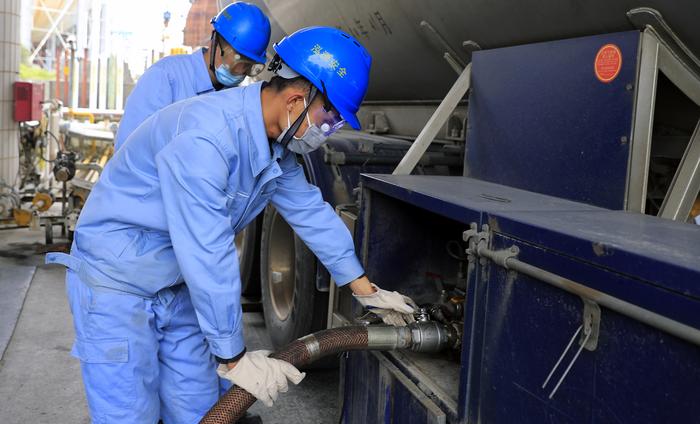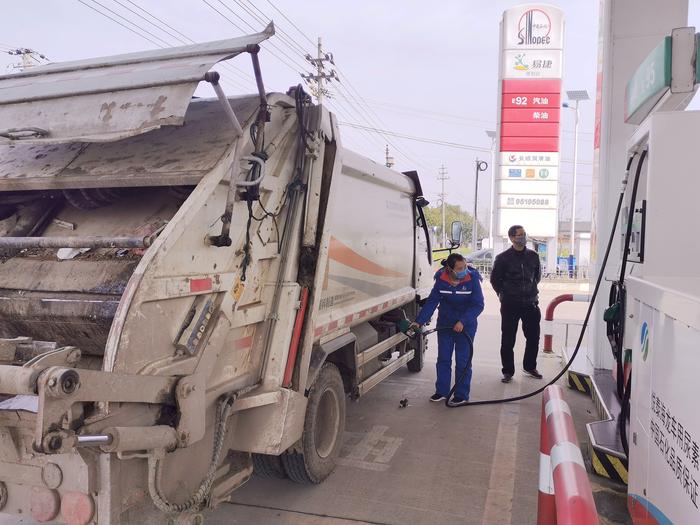|
| 2020-04-03 来源: 中国石化新闻网 |
| 石化新闻 |
中国石化新闻网讯 据彭博社4月2日报道,随着世界上越来越多的储存设施正在被不断填充过剩的廉价原油,石油公司开始寻求铁路车厢来储存库存原油。 知情人士透露,在原油市场出现历史性暴跌和需求暴跌之际,北美生产商、炼油商和交易商正考虑将多余的石油储存在德克萨斯州、萨斯喀彻温省和马尼托巴省的铁路调车场。 由于5月份交割的原油期货价格较未来几个月的期货价格有大幅折让,也就是所谓的期货溢价,越来越多的公司开始囤积原油,而不是亏本出售。但据IHS Markit的数据显示,原油和超大型油轮的储油速度很快,预计到今年年中,全球的储油空间将耗尽。高盛集团表示,加拿大的库存可能在两到三周内就到极限,而上周美国库存已连续第10周上升,增幅为三年来最大水平。 晨星公司研究部主管桑迪?菲尔登称:"在原油期货溢价处于历史高位之际,铁路运输无疑是储存原油的经济选择。交易商必须降低质量和地理位置相关的风险,因为铁路站场可能不在主要的石油交易中心。" 十年前,用铁路运输原油还很少见,用油罐车装油则几乎闻所未闻。但随着页岩油热潮释放出创纪录的原油产量和压倒性的管道产能,生产商越来越依赖通过铁路运输原油。现在,铁路货运服务供应商和终端运营商都接到了租赁车厢存放货物的咨询。 NE2 集团数据显示,加拿大阿尔伯塔省的情况尤其糟糕,当地的重油价格不到每桶10美元。而美国一些地区石油出现“负价格”。 据终端库存清算公司Tank Tiger首席执行官厄尼?巴萨米安介绍,上一次用铁路车厢储存原油还是在2016年油价暴跌的那段时间。不过这一次,用火车车厢存储石油是一个可行的选择。由于油价暴跌,导致对船运原油的需求减少,租赁成本已经从几个月前的约1200美元降至目前的不足700美元。 邹勤 摘译自 彭博社 原文如下: Overflowing Oil Tanks Have Traders Eyeing Rail Cars for Storage Oil companies are turning to rail cars to stash the crude they can’t sell, as the world runs out of places to store a growing glut of cheap barrels. North American producers, refiners and traders are now looking to store excess oil in rail yards in Texas, Saskatchewan and Manitoba amid the crude market’s historic plunge and collapsing demand, according to people familiar with the matter. With oil for May delivery trading at a steep discount to future months -- a structure known as contango -- more firms are hoarding barrels rather than sell at a loss. But crude tanks and supertankers are filling up fast, with the world projected to run out of storage space by the middle of the year, according to IHS Markit. In Canada, tank-tops could be breached within two to three weeks, Goldman Sachs Group said, while U.S. stockpiles last week rose for the 10th week, increasing by the most in three years. “Rail certainly is an economic option to store crude while the contango is at historic levels,” said Sandy Fielden, director of research for Morningstar Inc. “A trader has to mitigate risks associated with quality and location because rail yards may not be located in major oil trading hubs.” A decade ago, transporting crude by rail was rare, while stowing oil in a tank car was virtually unheard of. But as the shale boom unleashed record volumes of crude, overwhelming pipeline capacity, producers have increasingly come to rely on rail to move barrels from one point to another. Now, crude-by-rail service providers and terminal operators are fielding inquiries about leasing cars for storage. The situation is particularly dire in the land-locked Canadian province of Alberta, where local heavy crude is trading at less than $10 a barrel, according to NE2 Group. In some parts of the U.S., prices for physical barrels have gone negative. The last time rail cars were used to store crude was during the 2016 price rout when the market structure was similarly bearish, according to Ernie Barsamian, chief executive officer of The Tank Tiger, a terminal storage clearinghouse. This time around, market dynamics are even more favorable to storage and rail cars are, for now, a viable option. Leasing costs have declined from around $1,200 a few months ago to less than $700 now, as demand for shipping crude has dwindled amid the price rout, the people said. |








